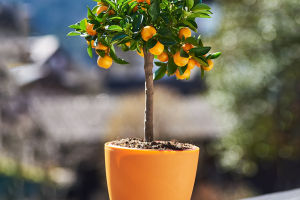A skateboard is a four-wheeled board that is designed for performing tricks or just cruising around. The skateboard has a unique structure composed of various parts that work together to provide the desired performance.
This article discusses the various components of the skateboard and its functions.
1. Board Surface
The board surface is the main component of the skateboard. It consists of the head, tail, and foot socket. The board surface is made by pressing several layers of wood chips together. The number of layers used in the board surface determines its strength and durability. The board surface is where the rider stands, and it provides the base for performing tricks.
2. Sandpaper
Sandpaper is glued to the top surface of the board to increase friction with the sole of the rider's shoes. This makes it easier for the rider to control the skateboard and prevents the rider's feet from slipping off the board.
3. Bracket
The bracket is part of the skateboard that holds the wheels. It is the most durable part of the skateboard and is usually made of metal. The bracket has a kingpin that attaches it to the board surface and allows it to pivot. The bracket also has an axle that holds the wheels.
4. Wheels
The wheels of the skateboard are made of polyurethane. They come in different diameters, shapes, and hardnesses. The size of the wheels determines the speed of the skateboard. Smaller wheels start quickly but lack stamina, making them suitable for performing tricks. Larger wheels make it easier to glide over uneven ground.
The hardness of the wheels is indicated by a number on the outer packaging of the wheels. The higher the number, the harder the wheel. For example, a 100A wheel is stiffer than a 95A wheel. The shape of the wheels also affects their performance. Some wheels are designed for cruising while others are designed for performing tricks.
5. Bearings
The bearings of the skateboard are small metal rings that fit inside the wheels. They allow the wheels to spin freely and reduce friction. There are eight bearings, and each wheel is equipped with two precision bearings.
Bearings come in different precision and durability. High-precision bearings provide a smoother ride, but they are more expensive.
6. PU
PU stands for polyurethane, which is a polymer material used in the wheels of the skateboard. The quality of the PU affects the performance of the wheels. High-quality PU provides a smoother ride and lasts longer.
7. Buffer Pads
Buffer pads are used to reduce the impact of the skateboard on the ground. They are usually made of rubber and are placed between the board surface and the bracket. Buffer pads also help to reduce noise when riding the skateboard.
The skateboard is a complex structure composed of various parts that work together to provide the desired performance. Each component plays an important role in the overall performance of the skateboard.
Understanding the various components of the skateboard and its functions can help riders choose the right skateboard for their needs.


